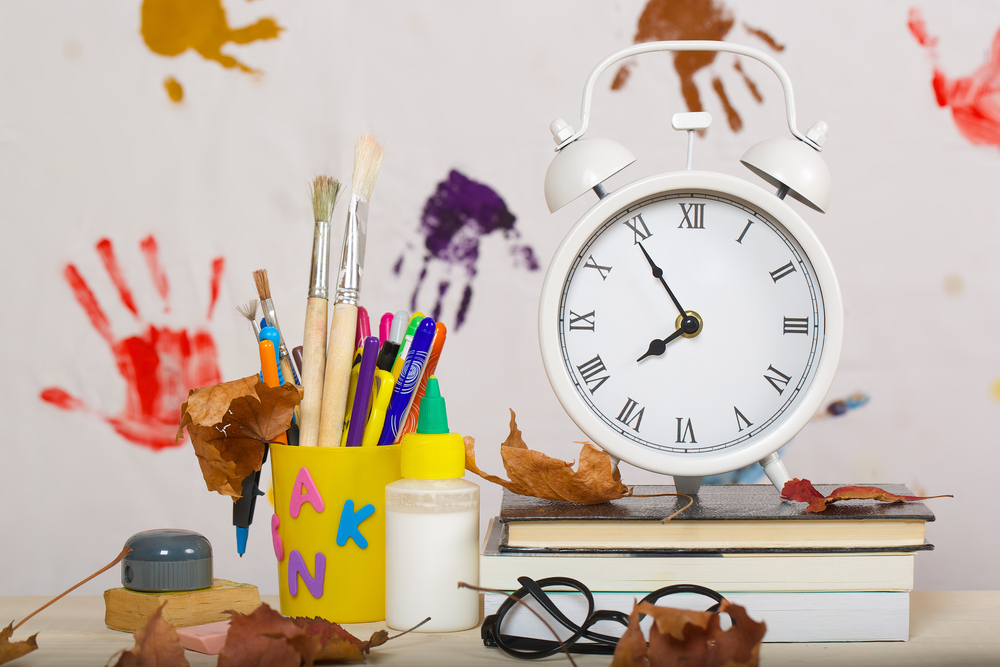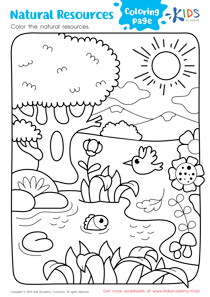Alphabet Recognition Normal Preschool ABC Order Worksheets
8 filtered results
-
From - To
Boost your child's early literacy skills with our Alphabet Recognition Normal Preschool ABC Order Worksheets. These engaging, easy-to-use resources are designed to help young learners master the alphabet and improve letter recognition through fun and interactive activities. Our colorful, age-appropriate worksheets encourage preschoolers to practice placing letters in the correct order, laying a solid foundation for reading readiness and cognitive development. Whether used for classroom instruction or at-home learning, these worksheets make alphabet learning enjoyable and effective. Build your child's confidence and pave the way for future learning success with our expertly crafted ABC order exercises.
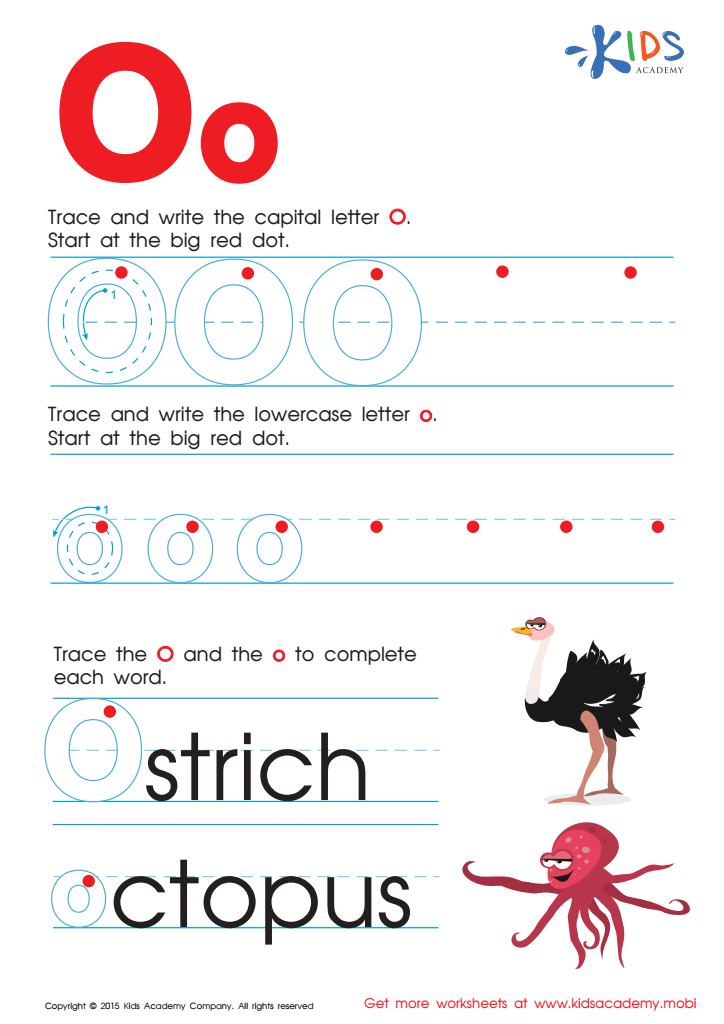

Letter O Tracing Page
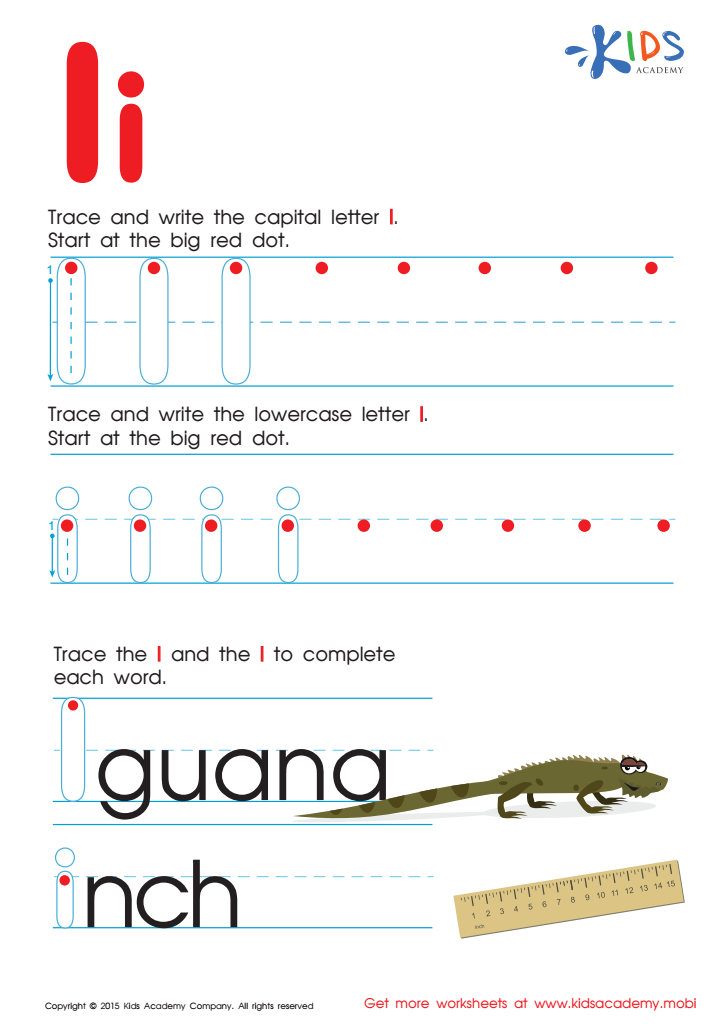

Letter I Tracing Page
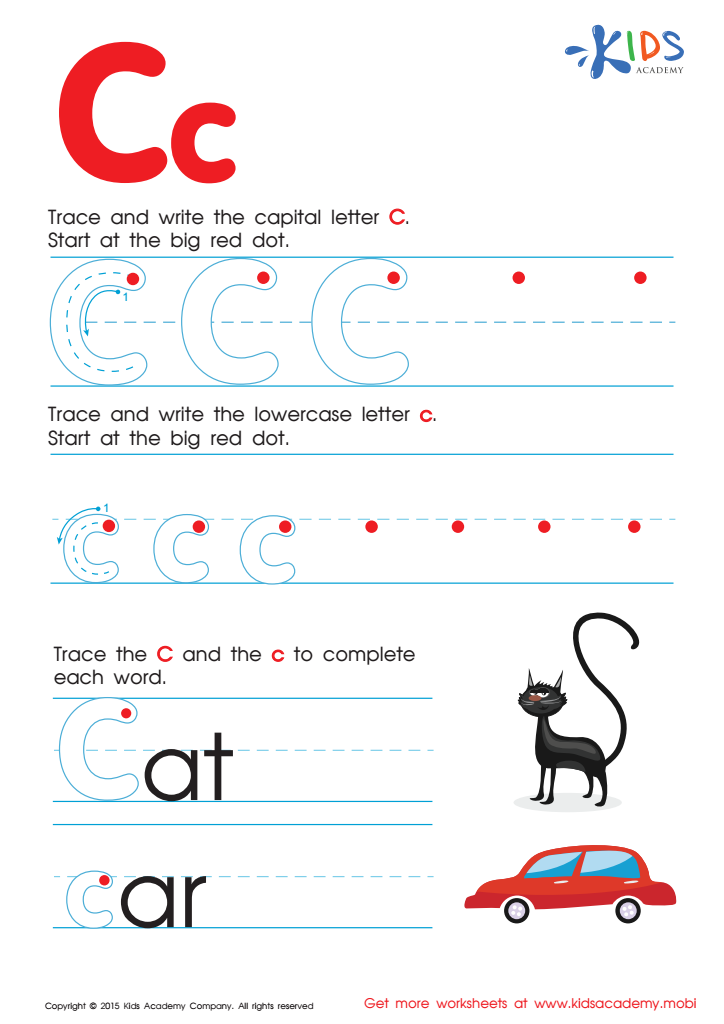

Letter C Tracing Page
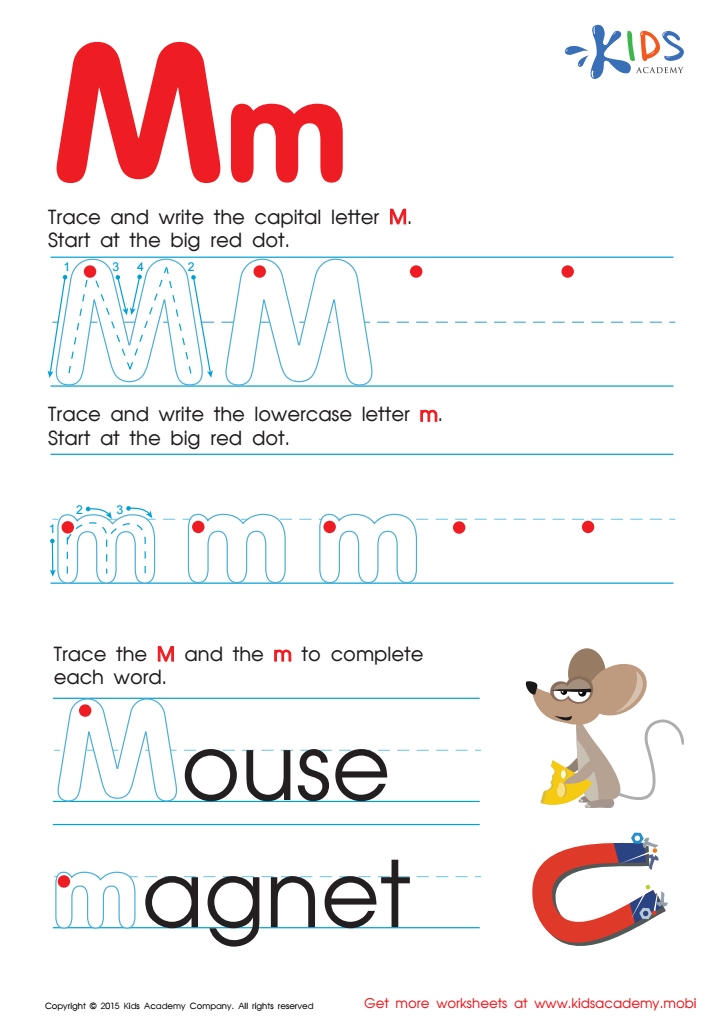

Letter M Tracing Page
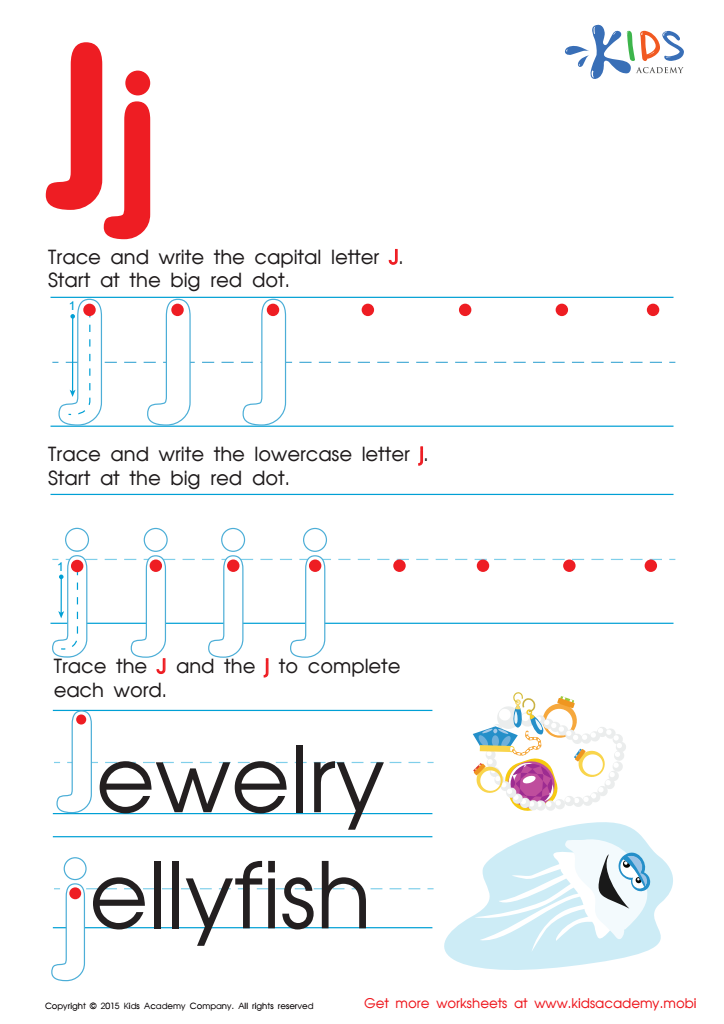

Letter J Tracing Page
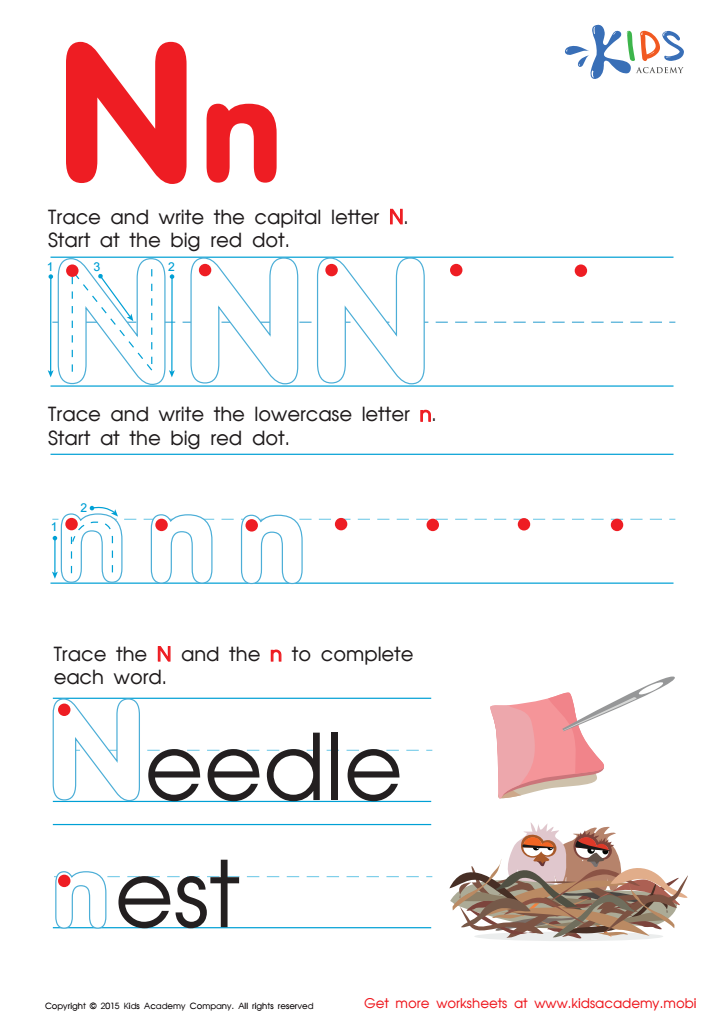

Letter N Tracing Page
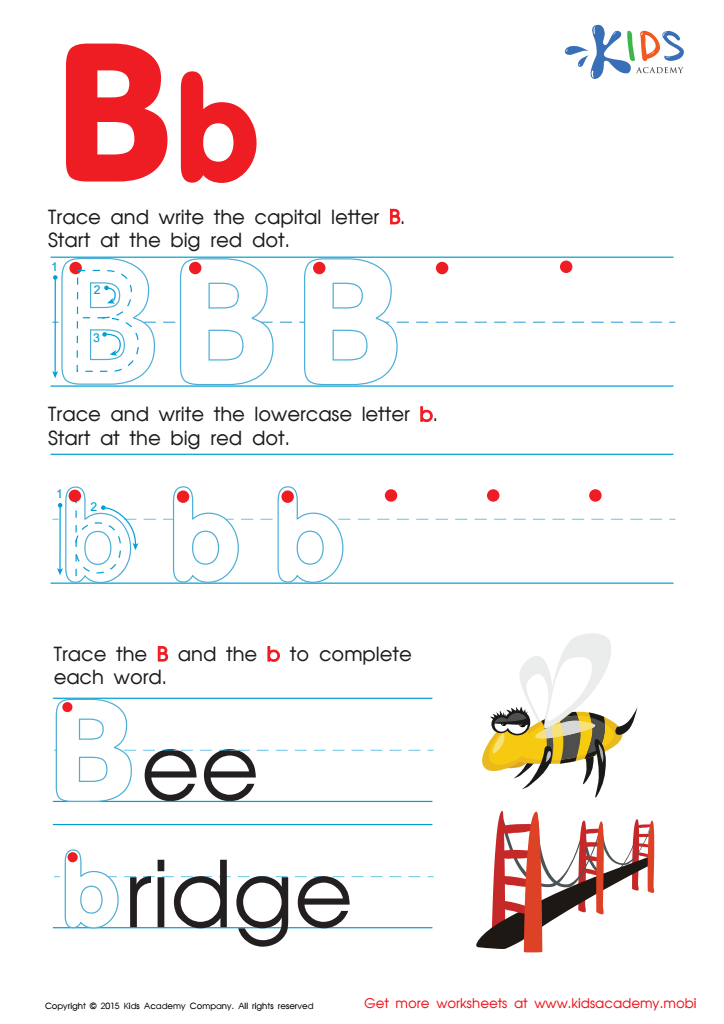

Letter B Tracing Page
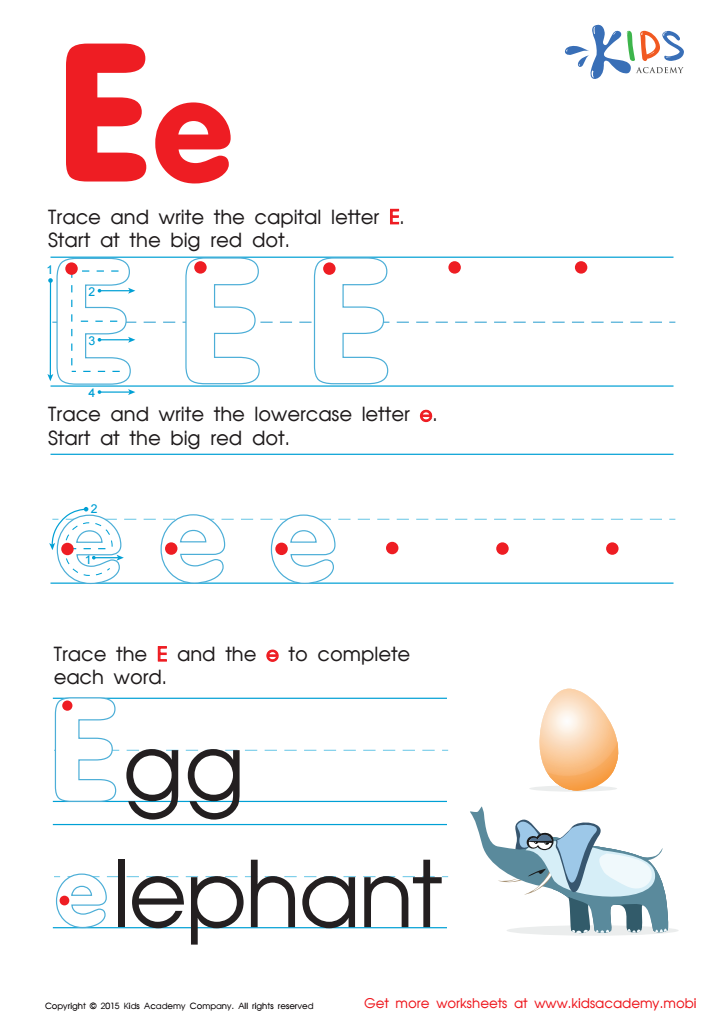

Letter E Tracing Page
Alphabet recognition is a foundational skill for young children, and parents, caregivers, and teachers should prioritize it in early education. Understanding and recognizing the alphabet in its standard ABC order forms the bedrock of literacy. When children learn to recognize letters and their corresponding sounds, they can more easily grasp reading and writing skills later on.
Consistent exposure to the alphabet helps children remember the sequence, improving cognitive organization and memory retention. This sequencing is crucial since it aids in dictionary skills, alphabetized lists, and navigating written text efficiently as they progress in their educational journey. Additionally, knowing the alphabet order aids in phonemic awareness, where children discern and articulate sounds within words. This supports not only reading fluency but also spelling accuracy.
From a developmental perspective, alphabet recognition engages children in multi-sensory learning, including visual identification and auditory reinforcement, which cater to different learning styles and strengthen neural pathways. Activities like singing the ABC song, using flashcards, or engaging in alphabet-themed games foster an enjoyable and interactive learning environment.
Ultimately, nurturing alphabet recognition in preschool cultivates a lifelong love for reading and learning, setting a strong educational foundation that promotes academic success and overall cognitive development. Thus, it’s essential for parents and teachers to focus on this key aspect of early childhood education.

 Assign to My Students
Assign to My Students







